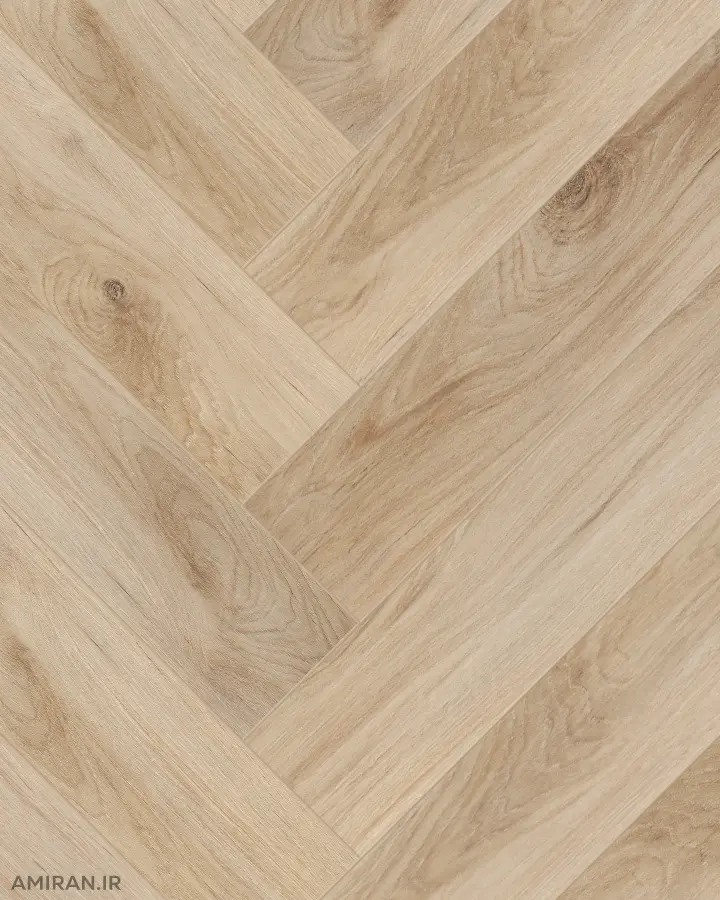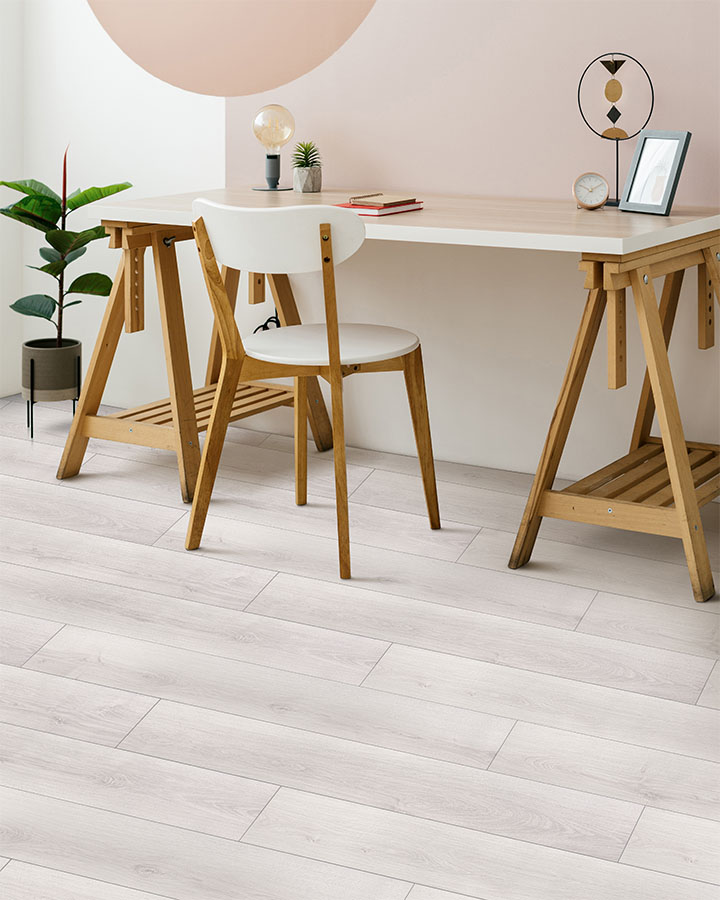The aesthetic appeal of our homes is paramount, and selecting the right materials for interior design plays a crucial role. Flooring, in particular, is a significant decision in construction or renovation projects. Laminate flooring, while popular due to its affordability and versatility, comes with its own set of challenges. Let's delve into the drawbacks of laminate flooring.
Laminate Flooring: A Brief Overview
Laminate flooring is a type of hard flooring that has gained popularity due to its easy maintenance, affordability, stylish appearance, and ease of installation. However, beneath its attractive surface, laminate flooring has certain limitations that should be considered before making a purchase.
Common Issues with Laminate Flooring
- Warping and Buckling: Laminate flooring is susceptible to water damage. Excessive moisture can cause the planks to warp, buckle, or crack, leading to an uneven surface. While some warping may be reversible, prolonged exposure to moisture can cause permanent damage.
- Color Fading: Direct sunlight can cause laminate flooring to fade over time. To mitigate this, use window treatments to block UV rays and consider using area rugs in high-traffic areas.
- Limited Lifespan: Compared to hardwood or luxury vinyl tile, laminate flooring generally has a shorter lifespan. Factors such as quality and maintenance can influence its longevity.
- Artificial Appearance: While high-quality laminate flooring can mimic the look of hardwood, it often lacks the natural variations and warmth of real wood.
- Difficulty in Repairs: Scratches and dents on laminate flooring can be challenging to repair. Unlike hardwood, which can be sanded and refinished, laminate flooring may require replacing damaged planks.
- Noise: Laminate flooring can be noisy, especially when installed over concrete slabs. Underlayment can help to reduce noise but may not eliminate it entirely.
- Subfloor Preparation: Laminate flooring requires a smooth, level subfloor. Any imperfections in the subfloor will be visible in the finished floor.
- Slippery When Wet: Laminate flooring can be slippery, especially when wet. This can pose a safety hazard, particularly in areas like kitchens and bathrooms.
- Seaming: Changes in humidity and temperature can cause the seams between laminate planks to expand or contract, leading to gaps.
- Scratching: Laminate flooring can be easily scratched by sharp objects or high-heeled shoes. Using furniture pads and doormats can help to protect the floor.
Conclusion
While laminate flooring offers numerous benefits, it's essential to weigh these against its potential drawbacks. By understanding the limitations of laminate flooring, you can make an informed decision about whether it's the right choice for your home. For those seeking a more durable and natural-looking option, hardwood or luxury vinyl tile may be better suited.












